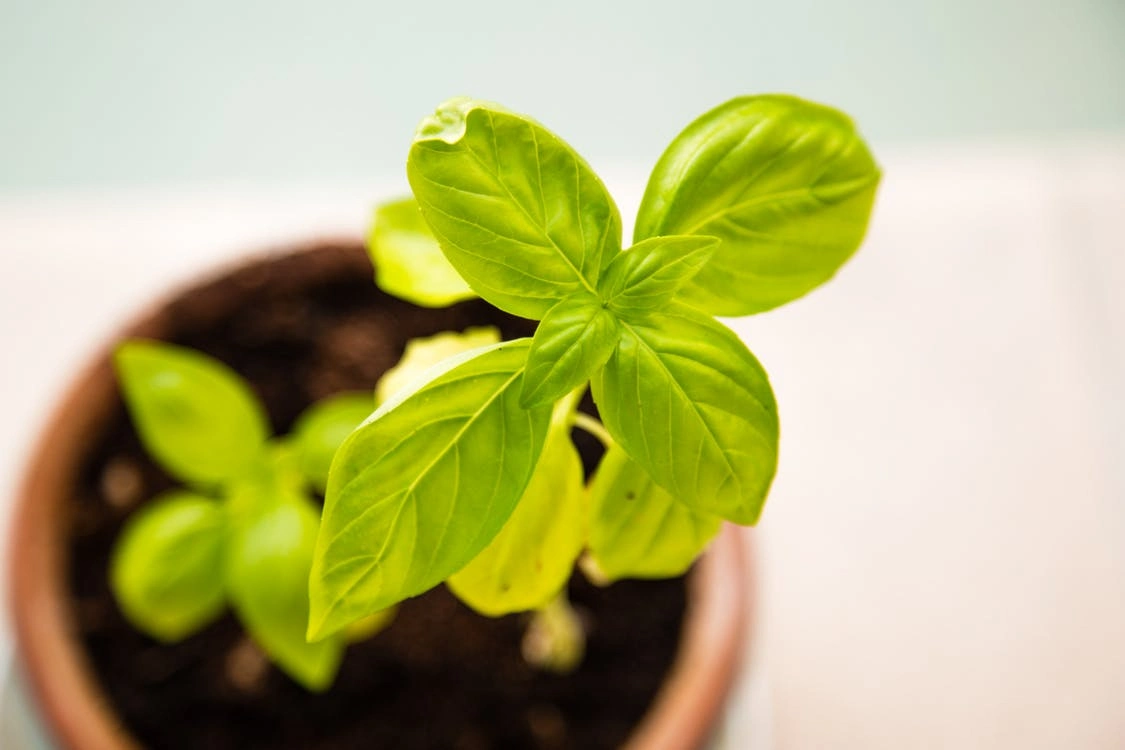A Guide to Planting an Herb Garden
The warm summer season is officially upon us! Although that means hot weather, it also brings the perfect climate to start up an herb garden.
Herbs prefer to be grown in a backyard garden so there’s plenty of room, but if that’s not possible for you, planting them in pots can be done as well.
Pertaining to growing herbs in a garden, we at Neighborly have put together a guide to help you have fresh herbs on the table in no time!

Thinking ahead of Thyme
Before you begin digging, think about what herbs you want to grow. Most herbs aren’t season-sensitive but there are a few that fair better in warmer weather.
Basil: warm, spicy flavor. Great for soup, salad, omelets and meat
Chives: mild onion flavor. Chop up and add to salad, meat and just about anything else.
Dill: sharp, slightly bitter taste. The dried leaves—known was dill weed, are great to flavor fish, soup, salad, meat and potatoes.
Mint: brew into tea or garnish for cold drinks
Parsley: mix leaves into salads, casseroles, omelets or serve as a fresh garnish with meat or fish.
Sage: leaves are constituent of poultry stuffing. Sprinkle on or cook into cheese dishes, lamb or sausage.
Thyme: rub chopped leaves into beef before cooking. Sprinkle over egg, cheese or veggies.
Preparing the soil
If you haven’t planted anything in the garden for a while, the soil is probably chunky and hard. To get the soil ready for new planting, dig down with a large gardening fork to loosen the dirt and help water drain further into the soil.
If you think your garden might need a little extra care, add about an inch of compost to the top and mix it in a few layers. You can do this even if your garden is in good shape—it’ll help drainage and fertilize the dirt.
When the soil is nice and ready, plan out where you want to plant each herb. Herbs can grow pretty tall, so it’s a good rule of thumb to space them at least 2 feet apart (but rosemary, sage and oregano need about 3-4 feet).
Some herbs are more sun/heat sensitive than others, so plan the placement of your garden accordingly. Depending on where you live, give the garden morning sun and afternoon shade if the average summer temperature is above 90 degrees. If that’s not the case, consider yourself lucky and plant in full sun.
Planting
The first thing you’ll want to do when you’re ready to plant, is to plant! Place the seeds as directed by the mix or based on where they need to be sewn. Once all of them are planted, make sure they’re covered about 1/8 of an inch, lightly pat the soil, then moisten the surface with water to settle the seeds.
Herbs in a yard garden don’t need to be covered while they’re sprouting, but if you’re planning on potting the herbs, that is an important step.
Most herbs like to be watered as soon as a couple inches of soil are dry to the touch. Check the soil every few days, depending on how hot it is, but be mindful to not overwater your herb garden.
Harvesting
This is the fun part! Harvesting your herbs and getting to use them to cook fresh summer meals is the best part of the process. Herbs can be tricky to pick, but you’ll be an expert in no time.
When the plant reaches 6-8 inches tall, its time to cut off about 1/3 of the branches. Each herb is a little different to pick, so keep an eye out for plants that look ready to pick on a schedule different than that of the others.
We hope that this guide to planting an herb garden will help you all have a great and delicious summer! Check out more on this topic and many others on one of our Neighborly brands websites.



 Back
Back

 1 (855) 217-8437
1 (855) 217-8437


